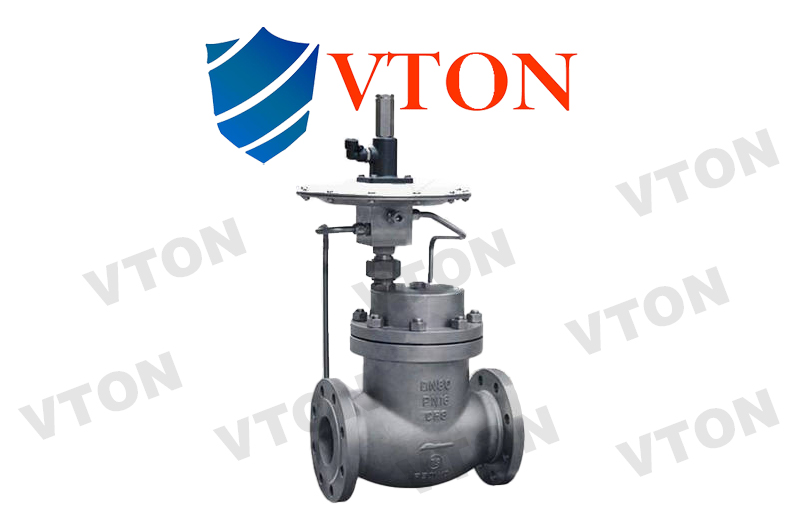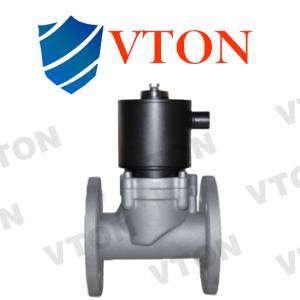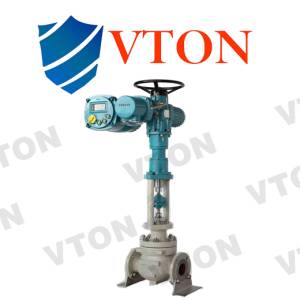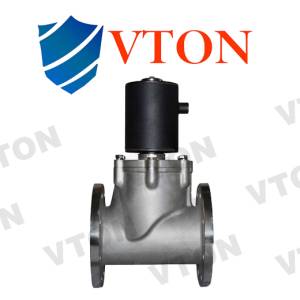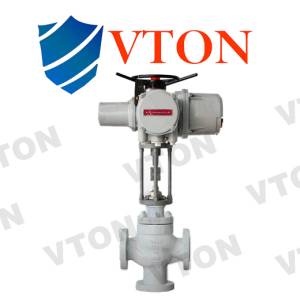Description
1. Overview of Nitrogen Sealing Valve
Nitrogen sealing valves, also known as self-operated nitrogen sealing device regulating valves, are used to maintain precise and constant pressure in storage tanks. They operate by introducing downstream pressure to the controller diaphragm, which adjusts the valve opening to regulate flow and pressure. These valves are particularly suited for applications requiring micro pressure control.
Key Applications:
- Nitrogen sealing systems for storage tanks
- Micro pressure regulation in oil, gas, and chemical storage systems
- Industries requiring high precision and energy efficiency
2. Features
- Operates without external power, ensuring cost savings and energy efficiency.
- Convenient pressure settings for nitrogen supply and relief, adjustable during continuous operation.
- Large effective diaphragm area and low spring stiffness ensure high sensitivity and balanced operation.
- No packing design minimizes friction, offering fast response and high control accuracy.
- Uses a controller for pressure reduction with a ratio of up to 100:1, ensuring superior control precision.
- Safety ensured with breathing valves to prevent frequent opening and damage in conventional nitrogen sealing systems.
3. Technical Parameters
- Nominal Diameter: DN20-150
- Flow Coefficient (Kv): 3.2-400
- Nominal Pressure: 1.0-1.6MPa
- Pressure Adjustment Range (MPa): 0.1-0.5, 0.5-70, 20-120, 60-400, 300-700, 500-1000
- Media Temperature: ≤200℃
- Flow Characteristics: Quick opening
- Applicable Media: Water, oils, gases
- Regulation Accuracy: ≤5%
- Allowable Pressure Drop (MPa): 1.6
- Diaphragm Effective Area (cm²): 400
4. Material Specifications
- Valve Body Material: Stainless steel, carbon steel, alloy steel
- Seal Leakage: Meets ANSI B16.104-1976 IV level
- Valve Cover Type: Standard (integral type)
- Packing Type: V-shaped PTFE, impregnated PTFE asbestos, asbestos textile, graphite
- Valve Stem Material: Stainless steel
- Valve Core Type: Single-seat valve core


